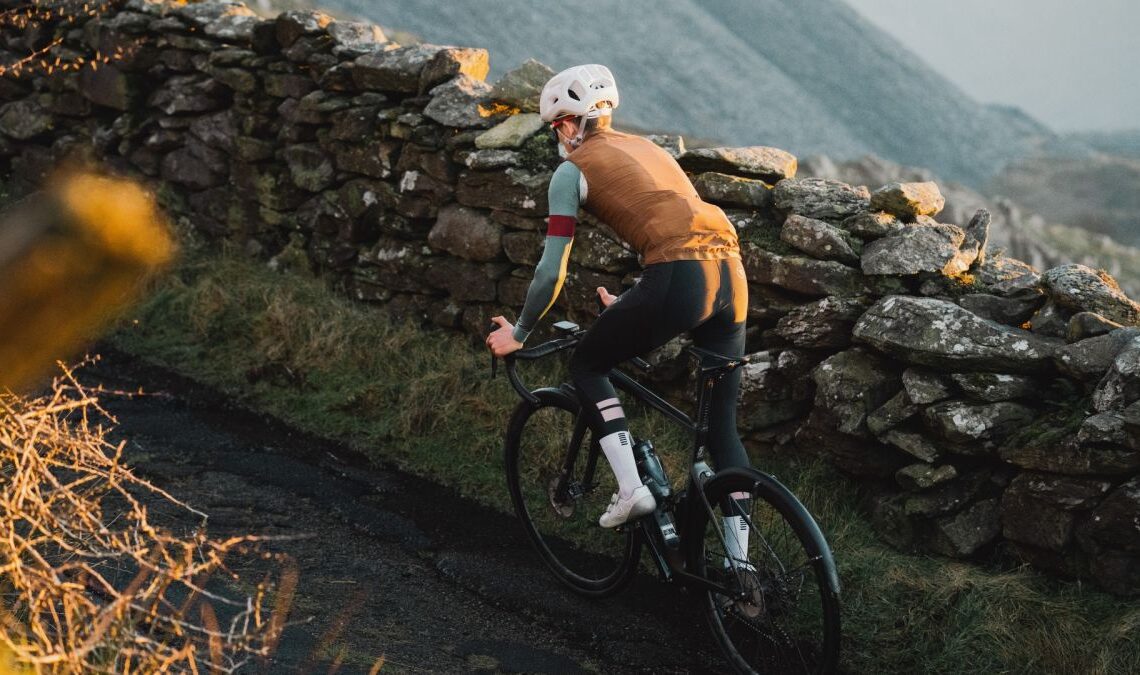Climbing is the stuff of cycling lore. When you picture the Tour de France, you imagine the yellow jersey climbing up Alpe d’Huez or dancing on the pedals up Mont Ventoux. The roads are lined with thousands of fans who part like the Red Sea, as the best climber in the world makes their way into the history books.
Yet, for most of us, climbing does not look so iconic: it can be hard, painful even, and there’s nothing worse than running out of gears on a 14% grade and grinding to a halt, or watching your mates ride off into the distance.
If the thought of climbing fills you with dread, it doesn’t have to. There is a different spirit to the suffering when you are the one driving the pace. Here’s how to work on your climbing, so you feel more in control on the slopes.
Target the climb
(Image credit: Future)
Arguably the best way to improve your climbing is to get stronger – but what type of stronger will depend upon the climbs you plan to attack.
Specificity is key, this is why we see so much variability in the training of professional cyclists: Grand Tour riders train 30 hours per week because their races are 30 hours per week, track sprinters train in the gym to improve their explosive power output, and cyclocross riders perform short anaerobic efforts in forests, trails, and sand pits whilst also practising their technical skills.
If you are training for a race in the Pyrenees, you should focus on long and sustained efforts at FTP (see ‘what zone are you targeting’ for more info on zones), along with a significant amount of Zone 2 rides to improve your endurance.
Conversely, if you are training for a Flemish Classic or just want to get better at tackling your local hilly route, then you should focus on improving your VO2max and anaerobic power output.
Of course, you can spice it up (as you should!) with intervals of slightly different lengths and intensities. Remember to keep it fun to help bolster your motivation to train day in and day out, just don’t prioritise 20-minute climbing repeats if you’re training for a two-minute British Hill Climb.
What zone are you targetting?
In this article, we’ve referred to ‘zones’ as a percentage of FTP (functional threshold power). If you’re using heart rate or rate of perceived exertion, use this page to translate the effort.
FTP is also known as your anaerobic threshold, or the highest average power that you could theoretically hold for an hour. Train this with 20- to 30-minute intervals on real-life…

